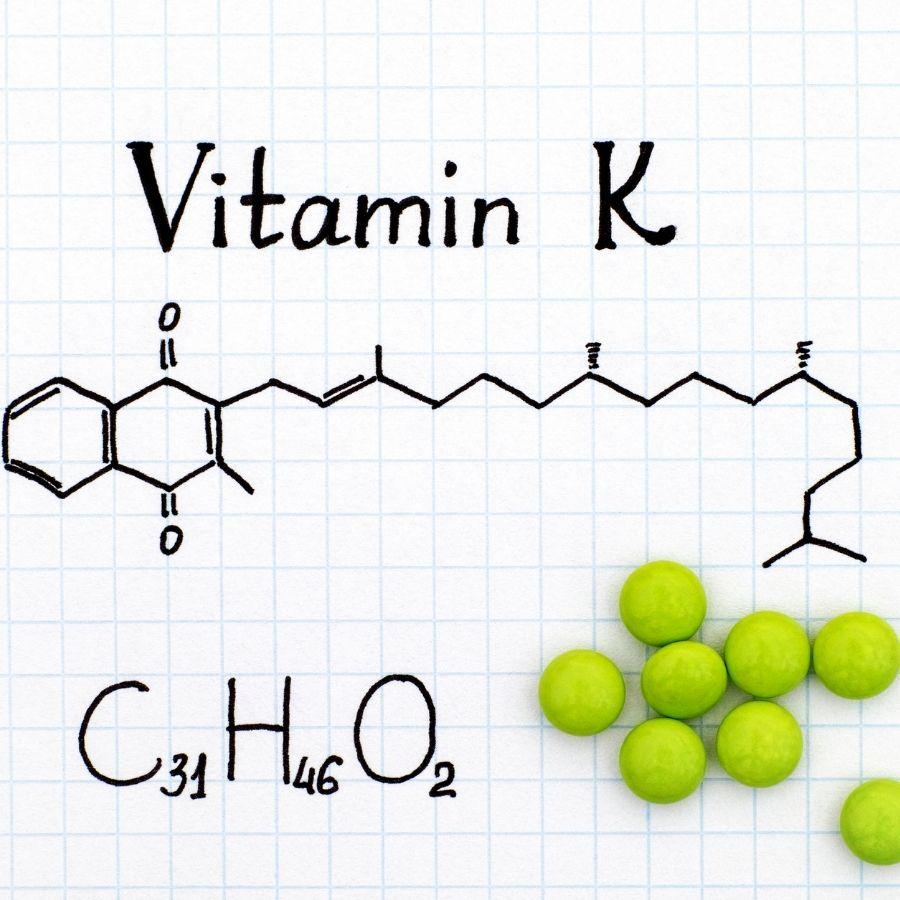Vitamin K For Heavy Periods

Can Vitamin K Stop Heavy Bleeding , Endometriosis And Hemorrhoids?
One of the main tasks of Vitamin K1 is blood regulation, namely in the direction of blood clotting and in the direction of blood clots – or thrombus dissolution.
The clinical pictures triggered by thrombi are known, among other things, as infarction, thrombosis, and, as a result, pulmonary embolism. Vitamin K1 allows the door of blood coagulation regulation to swing in both directions, while it only opens to one side in the case of anticoagulant drugs.
Table of Contents
A lack of Vitamin K1, for example, is associated with a bad blood clot dissolution evident. But also states of exhaustion, slow wound healing, frequent nosebleeds, or painful menstrual disorders (or menstrual cramps ) are recognizable signs of a possible Vitamin K1 deficiency. In other words: Vitamin K1 helps with heavy menstrual bleeding or Vitamin K for heavy periods causes a deficiency, combined with increased pain potential.
Vitamin K1 plays an important role in the development of placental tissue. Vitamin K1 has a central function in the “healing process” especially in the case of monthly rejection with associated bleeding – because the regulation of blood coagulation plays a central role here, as does the energy metabolism, which is of primary importance during menstruation.

Endometriosis causes cramp-like pain, bleeding, and problems with the connective tissue and mucous membrane in general. With endometriosis, the lining of the uterus gets stuck in the abdomen.
Endometriosis – tissue like the lining of the uterus – reacts to hormonal changes – bleeding occurs during menstruation, but the blood cannot drain away, as a result of which blood-filled cysts form. Endometriosis is very common in women who want to have children the reason for infertility.
In 2004, the magazine “Natur & Heilen” published a letter to the editor about Vitamin K in
endometriosis in its July issue.
It refers to a lecture by Ralf Schnitzler at the orthomolecular conference in Cologne, in which a successful causal therapy against endometriosis was presented.
The success of this clinical picture has a name: Vitamin K1 preparations. The letter to the editor states: “80 percent of the symptoms of endometriosis correspond to the symptoms of a Vitamin K deficiency.
After three years, all women treated in this way were symptom-free.”
The Endometriosis e-Association Germany, which does not recommend any therapies, admits when asked that Vitamin K1 and other vitamins are taken by affected women, although the effect varies from person to person.
Of course, for a positive influence on menstrual pain, the entire vitamin and mineral balance, i.e. the adequate supply of these substances, must be right, which is, however, quite low in Germany (prevention of deficiencies and not optimization of the metabolism).
A healthy body can cope with all kinds of problems without difficulty if it gets enough vitamins and minerals. But even with a good supply of natural food or vitamin/mineral supplements Vitamin K1
is often underrepresented for various reasons.
It is known that the minimum amount of vitamin or mineral slows down the effectiveness of the entire complex of vitamins and minerals and, in turn, leads to a lack of healing effect in its own therapeutic area.
For this reason, supplementing with Vitamin K1 should not only increase the body’s self-regulatory powers but actually dynamize them. Vitamin K1 can show a very quick effect in women with painful
menstrual bleeding who are undersupplied in this regard, especially since Vitamin K1 has a special effect on mucous membrane bleeding having.

Since Vitamin K1 is an essential vitamin and no negative side effects are known even in high doses. Taking Vitamin K for heavy periods can help stop heavy bleeding.
What Vitamin K helps with heavy menstruation?
Foods that are good sources of vitamin K1:
- Spinach
- Beet greens
- Broccoli
- Kale
- Cabbage
- Collard greens
- Parsley
- Turnip greens
- Brussels sprouts
- Scallions
Patients taking anticoagulant drugs are doomed to live with low Vitamin K1 status because Vitamin K1 negates the effects of these questionable drugs.
Any problems that may arise should be considered and one should ask the doctor and pharmaceutical industry – which usually block a dialogue – why they do not give the advantage of a high Vitamin K1 supply, since according to the specialist literature and the state of knowledge this also causes blood clots and thrombosis or thrombosis. Prevents thrombocyte aggregation – in a natural way without side effects.
It is known that by a Vitamin K1 deficiency, there is also a deficiency in the activated proteins C and S, which counteract thrombosis. A lack of activated protein C and S leads to a tendency to thrombosis. In this context, treatment with anticoagulants is incomprehensible, because one accepts that the lack of Vitamin K1 in the organism will result in numerous subsequent problems.
Long-term safeguarding of the Vitamin K1 status is essential, whereby the blood serum level and the tissue level with regard to the Vitamin K1 content are different. One can assume that undersupplied tissues slowly but surely “saturate” themselves like a sponge with Vitamin K1 and require a permanent supply of Vitamin K1 in order to be able to perform their function optimally.
Exactly this function is also important with regard to hemorrhoids. The sealing of the anus takes place, among other things, by means of the so-called haemorrhoidal meshwork. They are erectile tissue made up of blood vessels.
As with varicose veins (enlarged veins), these hemorrhoidal meshes can enlarge. One then speaks of hemorrhoids. Depending on the severity, these are either not visible from the outside ( internal hemorrhoids ), always visible ( external Haemorrhoids ), or slide back and forth depending on pressing or relaxing ( intermediate hemorrhoids at the skin-mucosal border).
Hemorrhoids can be a typical symptom of Vitamin K1 deficiency, namely weakness of the connective tissue, dysfunction of the mucous membranes in combination with bleeding, or potential sources of bleeding. In the case of connective tissue weakness, Vitamin K1 is generally used in
Combination with vitamins B6, C and D recommended.
In addition to different treatment methods, the special use of Vitamin K1 is recommended in the specialist literature. Of course, with the continuous intake of Vitamin K1 preparation (ideally without potentially toxic excipients, as is the case with Ka-Vit drops), an adequate supply of other vitamins and minerals must also go hand in hand.
SOURCES
Some further sources of literature on the topic addressed:
FRIEDRICH, W. (1987): Handbuch der Vitamine.
Urban & Schwarzenberg, Munich
BIESALSKI, HK (1997): Vitamins.
Georg Thieme Verlag, Stuttgart HENRICHS, D. (1998): Handbook of nutrients and vital substances. Constantia Verlag, Papenburg
OBERBEIL, K. (1997): Fit through vitamins. Südwest Verlag, Munich
BÄSSLER, K.-H. (1997): Vitamin-Lexikon, Gustav-Fischer-Verlag, Stuttgart
RONDEN, J. et al. (1998): Tissue distribution of K-vitamers under different nutritional regiments in the rat. Biochimica et Biophysica Acta 1379, 16-22
MINDELL, E. (1998): The Vitamin Bible. Heyne Verlag, Munich
ASTEDT, B. (1995): Antenatal drugs affecting Vitamin K status of the fetus and the newborn. Semin. thrombus Hemost., 21:4, 364-70
KINON, U. (2004): Vitamin K in endometriosis (letter to the editor). Nature & Healing, 7, 4
Hoffmann-LA Roche (ed.) (1998): Roche Encyclopedia Medicine. Hoffmann-La Roche and Urban & Schwarzenberg, Munich
Monograph (1994): Editing monograph of July 25, 1994. Deutsche Apotheker-Zeitung 134, No. 36, 3465-3466.
Responsible in terms of press law for the content of the article is the authors Michael von Lüttwitz and Herbert Schulz